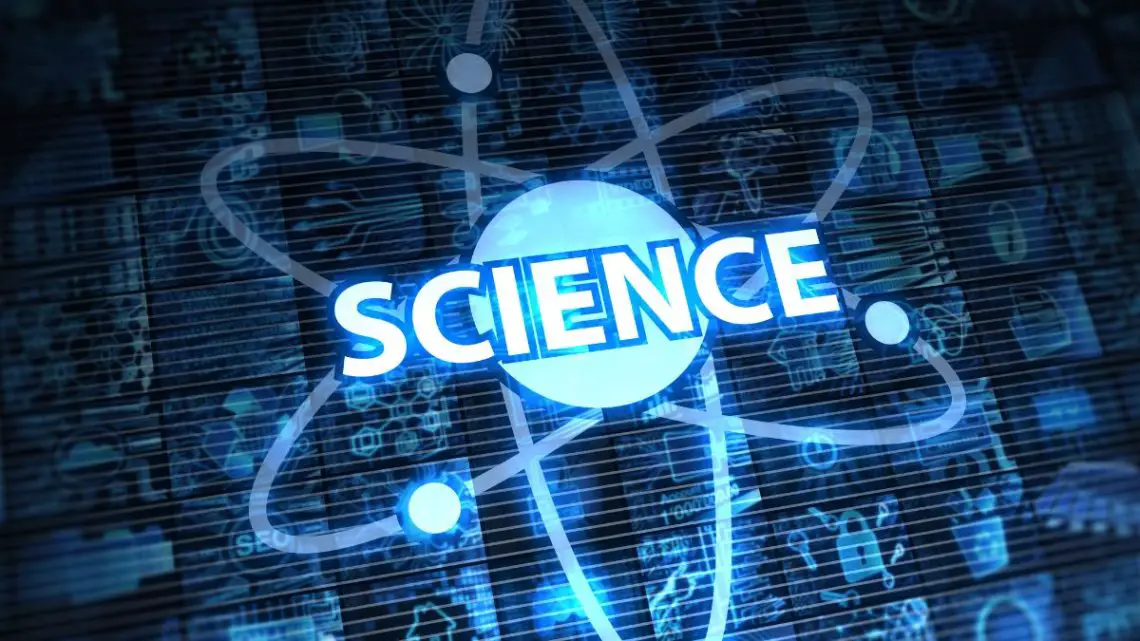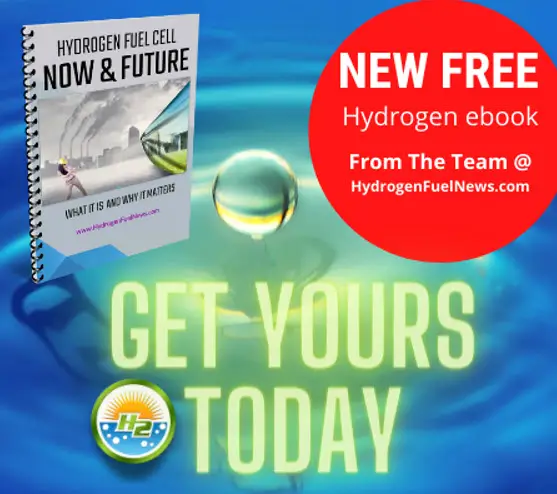
Clean hydrogen production breakthrough made by Israeli Scientists
November 11, 2022The scientists have discovered a more energy efficient water splitting processes aided by solar energy.
The breakthrough clean hydrogen production process, which uses solar power to assist the water splitting method, reduces the amount of invested electrical energy required to break the chemical bonds in the water molecule to produce oxygen and hydrogen.
Researchers believe they have identified new pathways to accelerate the catalytic process.
Traditional water splitting techniques used for clean hydrogen production is both time and energy intensive. These drawbacks make wide-scale water splitting H2 production less practical. Researchers at Ben-Gurion University of the Negev in Beersheba (BGU) and the Technion-Israel Institute of Technology in Haifa may have identified a way to improve the process and reduce costs.

BGU environmental physicist Professor Arik Yochelis and Technion material science professor Avner Rothschild think they have discovered new pathways using photoelectrochemistry (converting solar energy into fuel or electricity) that quicken the catalytic process in a way they think would significantly decrease the invested electrical energy costs required for oxygen evolution.
The oxygen evolution reaction process is necessary for clean hydrogen production.
The oxygen evolution reaction is a limiting reaction that occurs during the process of producing molecular oxygen via a chemical reaction. This chemical reaction can occur through the oxidation of water during oxygenic photosynthesis, through electrolysis of water into oxygen and hydrogen, and through electrocatalytic oxygen evolution from oxoacids and oxides.
The transfer of four electrons is required to generate one oxygen molecule followed by adding two hydrogen molecules to make water. With the current process, each electron moves separately in a sequence of four steps on an atomic reaction site. This makes the chemical reaction energetically difficult.
Yochelis and Rothschild were able to theoretically and experimentally demonstrate a new paradigm where two electrons can be transferred at the same time at multiple reaction sites, decreasing the energy barriers for the oxygen evolution reaction. Their findings were published in the journal Energy & Environmental Science.
“Our research changes the common understanding within the scientific community about the catalytic mechanism for oxygen evolution – a central and important reaction that represents a bottleneck in producing hydrogen from water,” said Rothschild.
Rothschild added that by combining their experience and knowledge from two different fields, the scientists were able to show that the catalytic reaction is more complex than some may think. The researchers hope that their findings will result in more breakthroughs in materials development and new processes to create clean fuels from renewable resources, like clean hydrogen, “to facilitate the transition to net-zero.”
Hydrogen Cars Poll – Would you drive one if there were more stations? We want to hear from you – Vote Below⤵️



 HFN News is your leading source for fresh hydrogen and renewable energy updates. Amid the fast-paced growth of hydrogen companies, we provide top-notch news and insights about this exciting sector. Our coverage spans from hydrogen cars to global sustainable initiatives, and we highlight the latest in green jobs and developing hydrogen hubs. We invite you to share your local hydrogen news and explore today’s renewable energy job listings on our site. Thanks for choosing HFN News as your trusted guide to the hydrogen and renewable energy world!
HFN News is your leading source for fresh hydrogen and renewable energy updates. Amid the fast-paced growth of hydrogen companies, we provide top-notch news and insights about this exciting sector. Our coverage spans from hydrogen cars to global sustainable initiatives, and we highlight the latest in green jobs and developing hydrogen hubs. We invite you to share your local hydrogen news and explore today’s renewable energy job listings on our site. Thanks for choosing HFN News as your trusted guide to the hydrogen and renewable energy world!